From the Wallace Monument to the Battle of Bannockburn, Stirling is bursting with history.
But many myths and legends are tightly woven into that heritage, occasionally making it tricky to separate fact from fiction.
It’s sometimes said Stirling was once the capital city of Scotland. Is that true, or just an often-repeated folk tale?
Here’s everything you need to know.
What is the population of Stirling?
According to the latest data from 2020, around 49,950 people live in Stirling.
This number doesn’t include residents of the surrounding Stirlingshire towns like Dunblane and Bridge of Allan, though they do fall into the Stirling Council area.
In comparison, roughly 63,00 people live in Inverness, 148,000 live in Dundee, 224,000 in Aberdeen, and 515,000 in Edinburgh.
There’s no doubt Stirling would be considered on the small side for a UK city in terms of population, but by no means the smallest. (If you’re wondering, that honour goes to St Davids in Wales, which has fewer than 2,000 people living there.)
Hereford in the West Midlands of England has a comparable number of residents to Stirling.
In Scotland, Stirling and Perth have similar population sizes, but it’s likely Stirling is the country’s smallest city.
Is Stirling a city?
Let’s not beat around the bush: yes, Stirling is a city.
Officially, however, it was only granted city status in 2002, as part of Queen Elizabeth II’s Golden Jubilee celebrations.
More than 800 years earlier, in 1130, King David I made Stirling a royal burgh, highlighting its significance to Scotland and the royal family at that time.
Traditionally, cities had cathedrals, so perhaps that explains why Stirling only officially became one 22 years ago. (Though, of course, nearby Dunblane does have its very own cathedral.)
Stirling does have its own university, which is often seen as another indication of city status.
However, it doesn’t have an acute hospital – Forth Valley Royal in Larbert is where Stirling residents should head if they find themselves in need of an A&E visit.
Was Stirling ever the capital city of Scotland?
Old Scone in Perthshire was the historic capital of Scotland during medieval times, though it wasn’t a capital city in the modern sense.
Edinburgh officially became Scotland’s capital city in the mid-1400s, but several factors made Stirling equally as important.
In 1226, Alexander II of Scotland granted a charter, making Stirling Castle a royal residence and increasing its significance. The Stuart kings regularly resided at the castle during their reign.
Important battles were fought locally, as you’ve probably heard: the Battle of Stirling Bridge in 1297, and the Battle of Bannockburn in 1314, where Scotland defeated England and regained independence.
From around 1450 until the 20th century, Stirling had a bustling major trading port, and its medieval Old Bridge was a key crossing point over River Forth for more than 300 years.
However, after 1603’s union of the English and Scottish crowns, Stirling was no longer considered the seat of power it had once been.
The city is often referred to as being at the centre or ‘heart’ of Scotland, linking the Highlands and lowlands together, which has probably added to its prestige over the generations.
In reality, there are several theories about where the country’s geographical centre actually is.
For more Stirling news and features visit our page or join us on Facebook
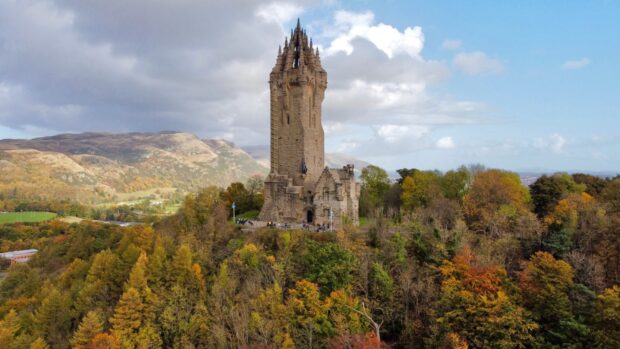
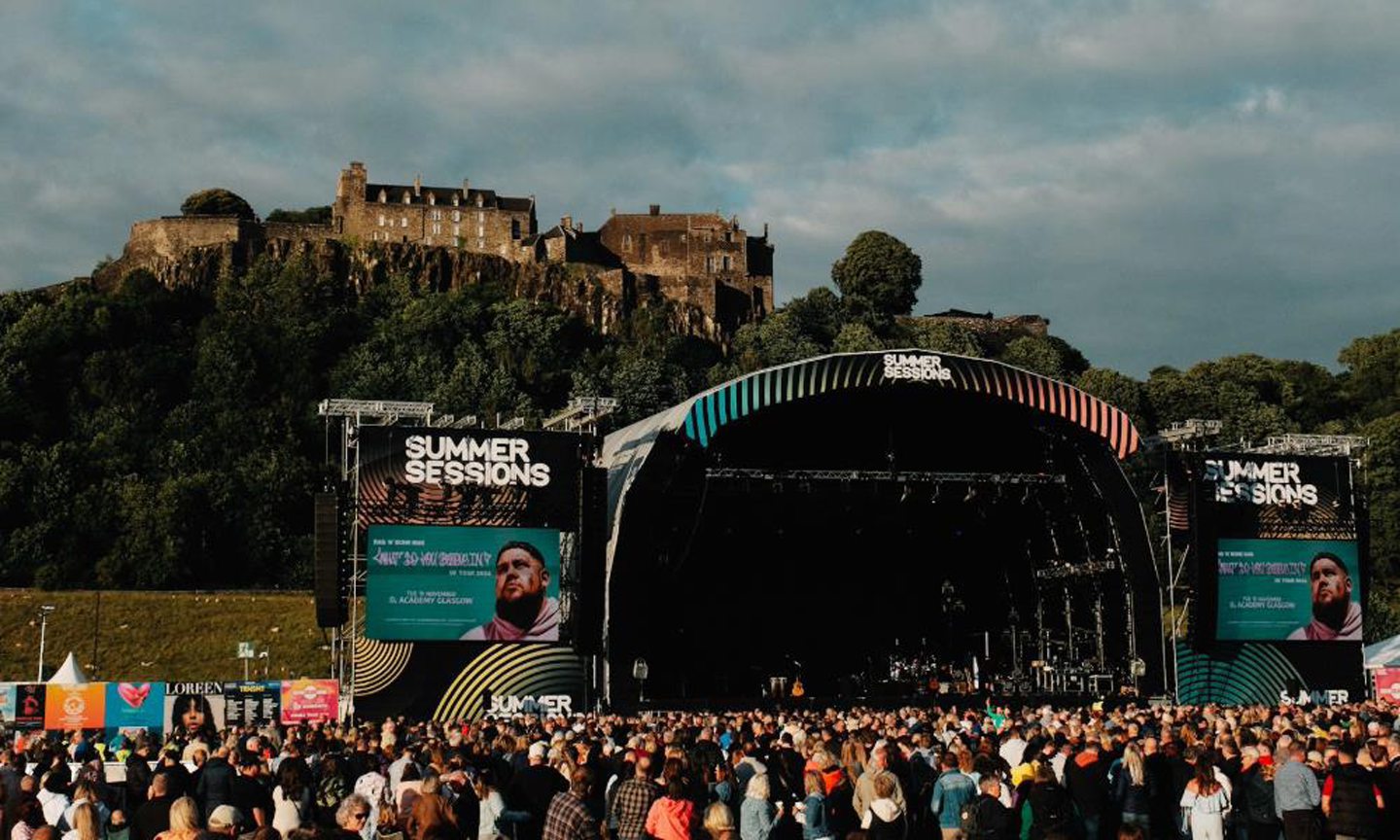
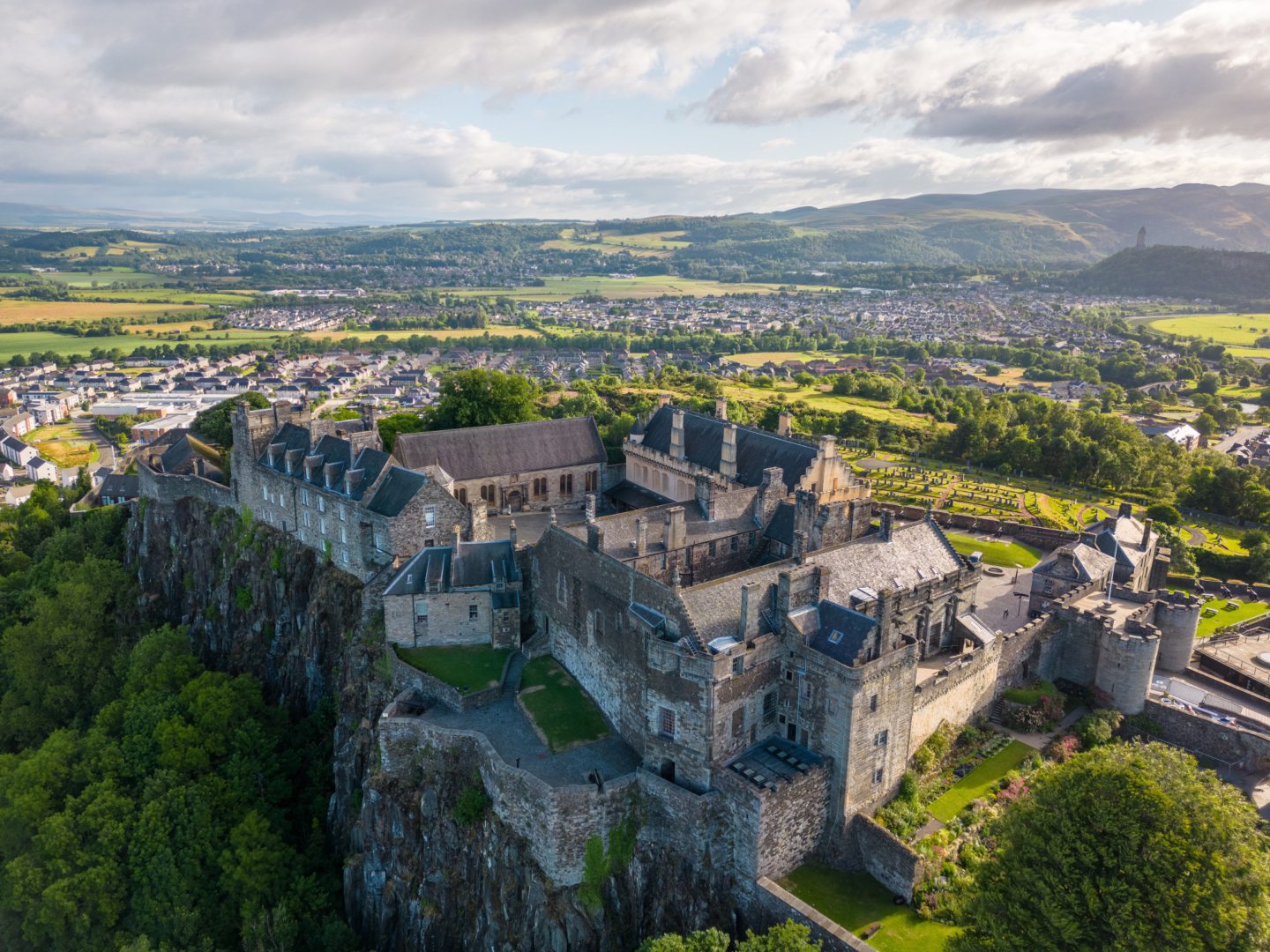
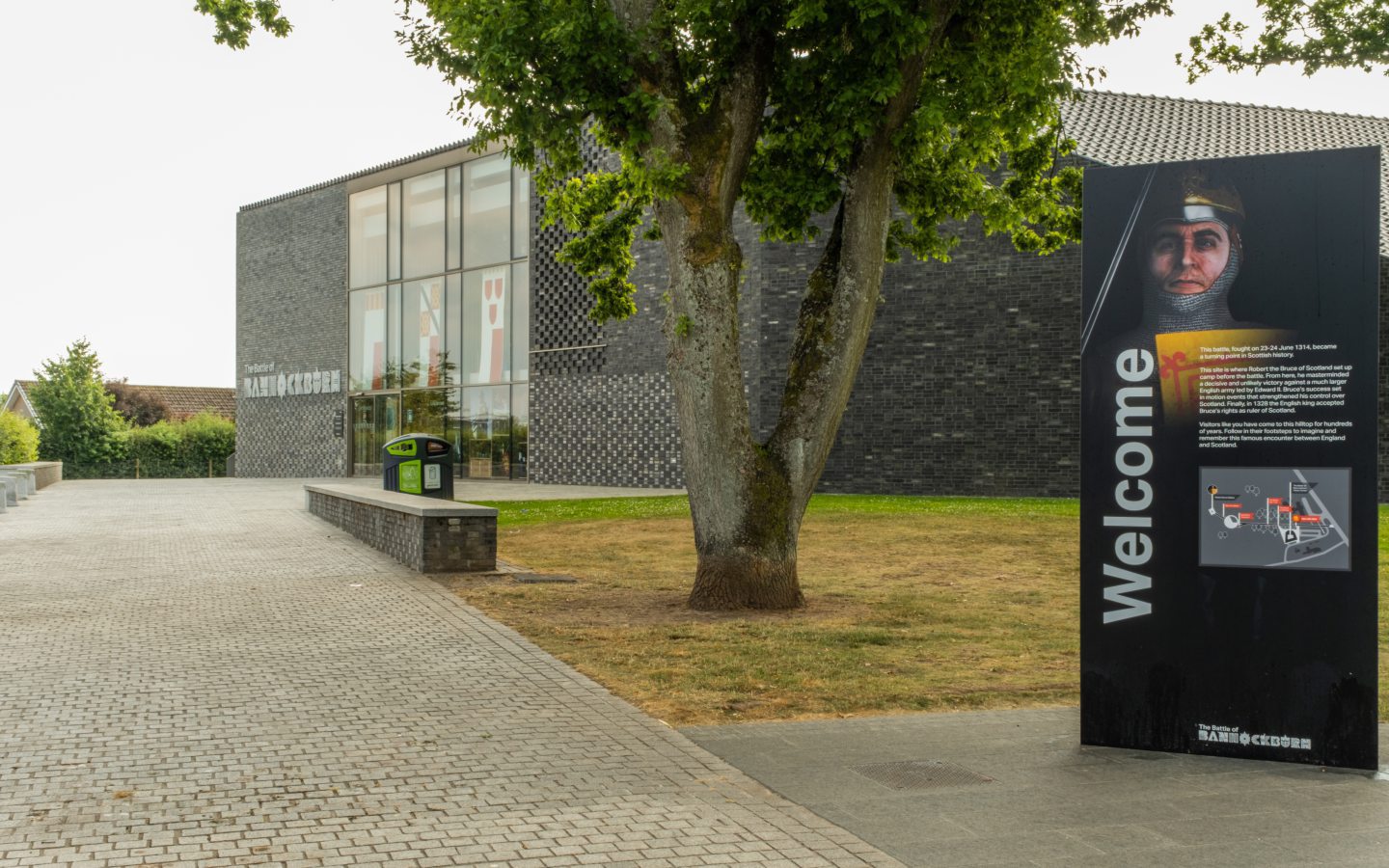
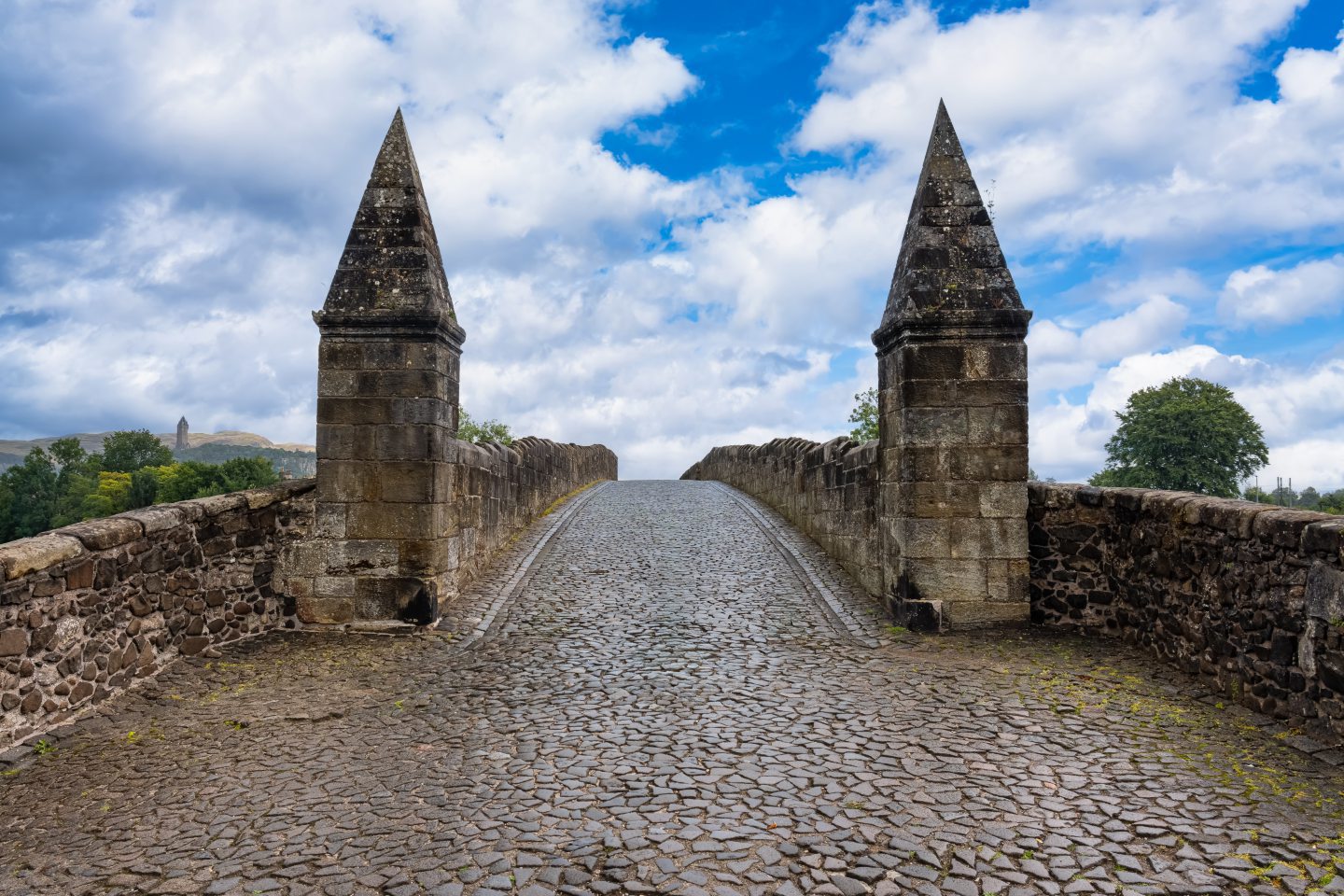



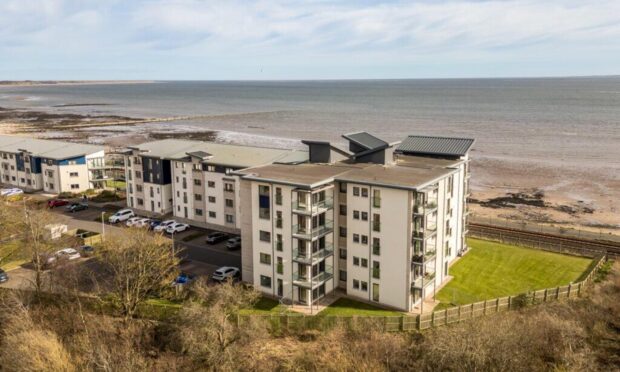
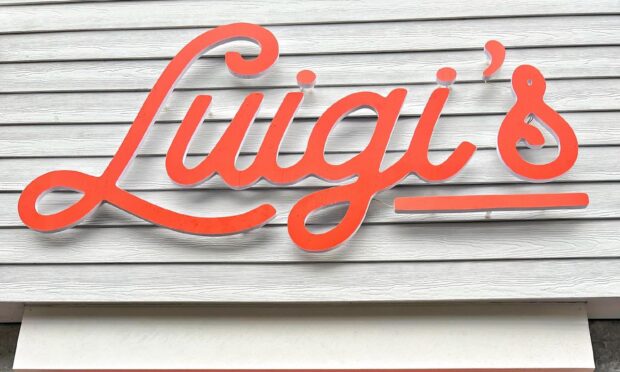
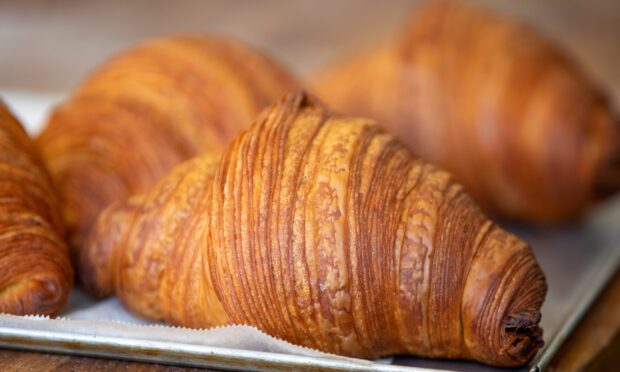
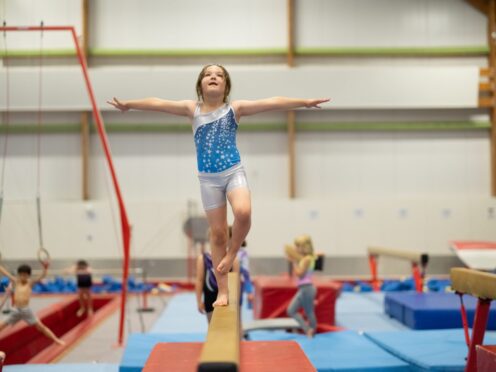
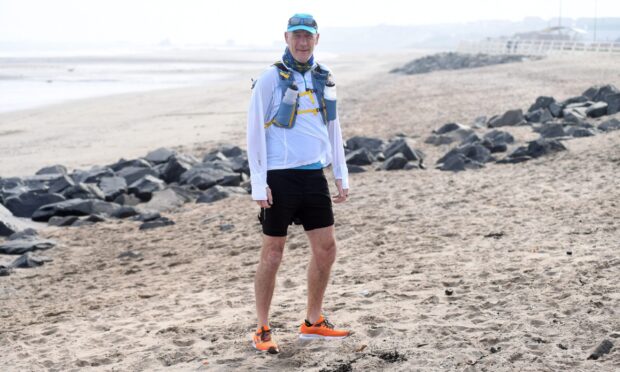
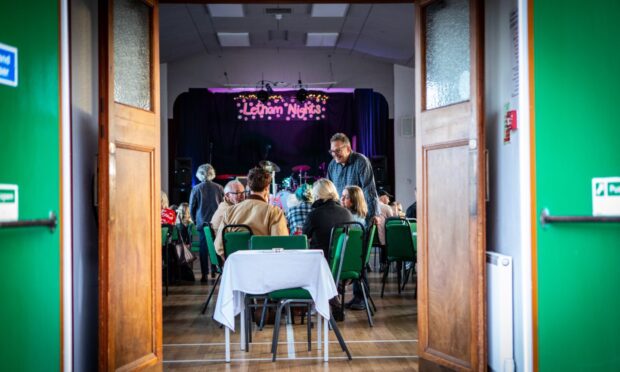
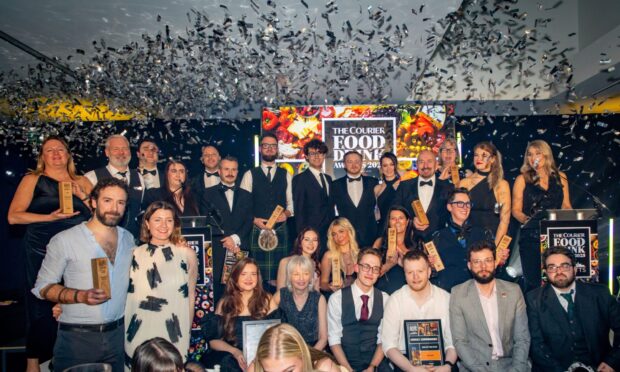

Conversation